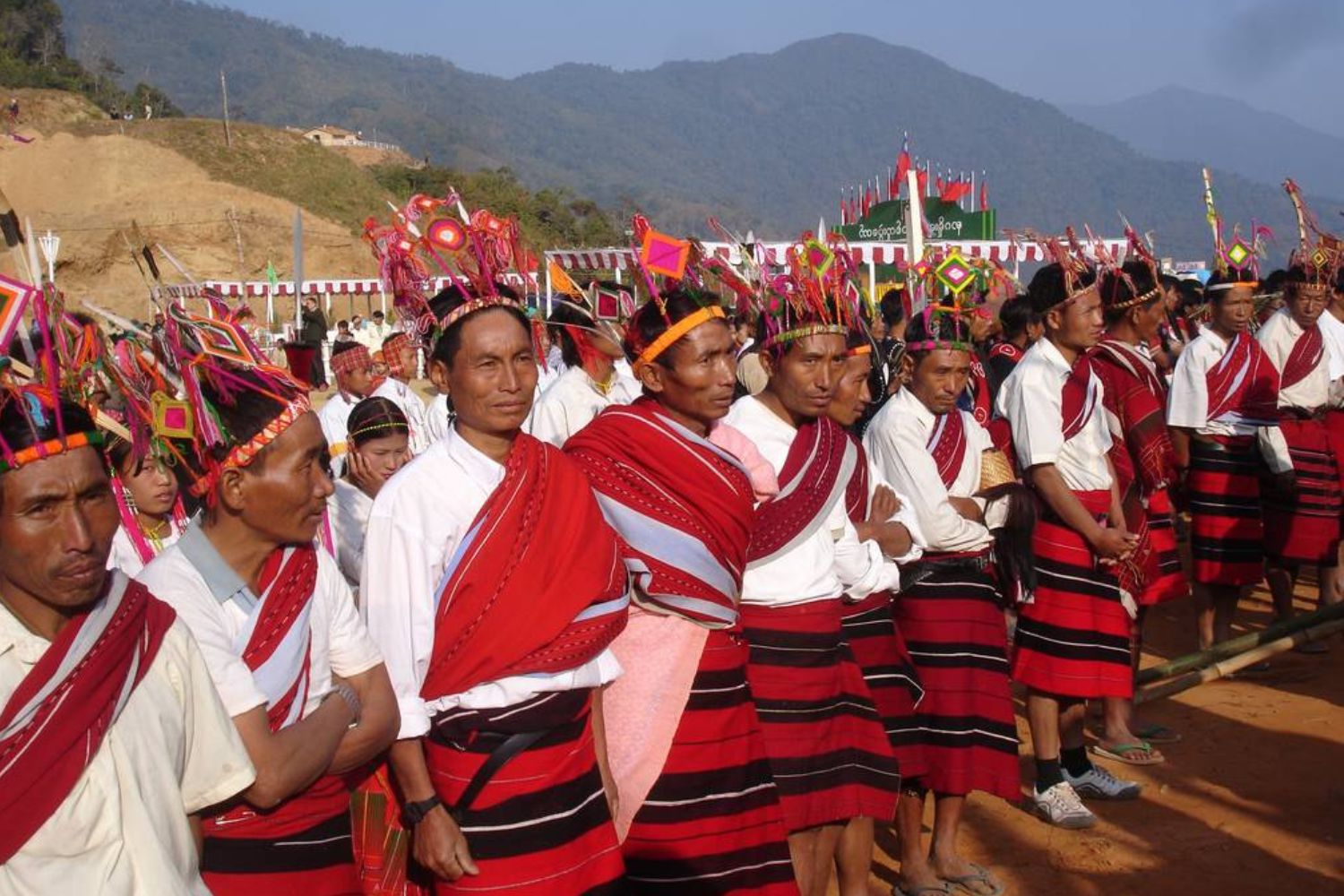
Ethnic conflict in Nagaland has deep roots, stretching back to colonial times. This northeastern Indian state, rich in culture and tradition, has seen decades of strife. Why does this conflict persist? The answer lies in a complex mix of historical grievances, ethnic diversity, and political aspirations. Nagaland's struggle for autonomy and identity has led to clashes among various tribal groups and with the Indian government. Understanding these conflicts requires looking at the region's unique history, the role of insurgent groups, and the impact on daily life. This post will uncover 30 key facts to help you grasp the intricate dynamics of Nagaland's ethnic tensions.
Key Takeaways:
- Nagaland's history and ethnic diversity have fueled a longstanding conflict with the Indian government, impacting the region's socio-economic development and cultural resilience.
- Despite the challenges, the people of Nagaland continue to celebrate their cultural identity through festivals, music, and arts, while advocating for peace and preserving their linguistic heritage.
Historical Background of Nagaland
Understanding the ethnic conflict in Nagaland requires a look into its history. This northeastern Indian state has a rich cultural tapestry, but also a history of strife.
- Nagaland became the 16th state of India on December 1, 1963.
- The Naga people have a history of resistance against British colonial rule.
- The Naga National Council (NNC) declared independence from India on August 14, 1947, a day before India’s own independence.
- The conflict primarily involves the Naga tribes and the Indian government.
- The Naga insurgency is one of the oldest unresolved conflicts in India.
Ethnic Diversity and Tribal Dynamics
Nagaland is home to several tribes, each with its own unique culture and traditions. This diversity has both enriched and complicated the region.
- There are 16 major tribes in Nagaland, including the Ao, Angami, and Sumi.
- Each tribe has its own language, customs, and traditional governance systems.
- Inter-tribal conflicts have also contributed to the overall ethnic tension.
- The Nagas are predominantly Christian, with over 90% of the population adhering to Christianity.
- Tribal councils play a significant role in local governance and conflict resolution.
Key Events and Milestones
Several key events have shaped the course of the ethnic conflict in Nagaland. These milestones are crucial for understanding the current situation.
- The Shillong Accord of 1975 was a significant attempt to bring peace, but it led to further divisions.
- The formation of the National Socialist Council of Nagaland (NSCN) in 1980 marked a new phase in the insurgency.
- The NSCN split into two factions in 1988: NSCN-IM and NSCN-K.
- The ceasefire agreement between the Indian government and NSCN-IM in 1997 was a major step towards peace.
- Despite the ceasefire, sporadic violence and clashes continue to occur.
Socio-Economic Impact
The prolonged conflict has had a profound impact on the socio-economic conditions in Nagaland. Understanding these effects is crucial for grasping the full picture.
- The conflict has hindered economic development and infrastructure growth.
- Many Naga youths have migrated to other parts of India in search of better opportunities.
- Education and healthcare services have been severely affected by the ongoing strife.
- The region has a high unemployment rate, exacerbating social tensions.
- Traditional livelihoods like agriculture have suffered due to instability.
Peace Efforts and Challenges
Efforts to bring peace to Nagaland have been ongoing for decades. However, these efforts face numerous challenges.
- The Framework Agreement signed in 2015 between the Indian government and NSCN-IM was a landmark event.
- Internal divisions within Naga groups complicate peace negotiations.
- The Indian government has deployed significant military forces in the region to maintain order.
- Civil society organizations play a crucial role in advocating for peace and reconciliation.
- Trust deficit between the Naga groups and the Indian government remains a major hurdle.
Cultural Resilience and Identity
Despite the conflict, the people of Nagaland have shown remarkable resilience. Their cultural identity remains strong and vibrant.
- Traditional festivals like Hornbill Festival celebrate Naga heritage and promote unity.
- Naga folk music and dance are integral parts of their cultural expression.
- Handicrafts and traditional arts continue to thrive, preserving Naga culture.
- The younger generation is increasingly using social media to raise awareness about their issues.
- Efforts to document and preserve Naga languages are ongoing, ensuring that their linguistic heritage is not lost.
Understanding Nagaland's Ethnic Conflict
Nagaland's ethnic conflict is a complex issue rooted in historical, cultural, and political factors. The region's diverse ethnic groups have long struggled for autonomy and recognition, leading to tensions and clashes. British colonial rule, post-independence policies, and the demand for a separate Naga identity have all played significant roles in shaping this conflict.
Efforts for peace have seen some success, but challenges remain. The Indian government and Naga groups continue to negotiate, aiming for a lasting solution. Understanding the nuances of this conflict is essential for fostering peace and stability in the region.
By learning about Nagaland's ethnic conflict, we gain insight into the broader issues of ethnic identity, self-determination, and the impact of historical events on present-day struggles. This knowledge can help promote empathy and support efforts towards a peaceful resolution.
Frequently Asked Questions
Was this page helpful?
Our commitment to delivering trustworthy and engaging content is at the heart of what we do. Each fact on our site is contributed by real users like you, bringing a wealth of diverse insights and information. To ensure the highest standards of accuracy and reliability, our dedicated editors meticulously review each submission. This process guarantees that the facts we share are not only fascinating but also credible. Trust in our commitment to quality and authenticity as you explore and learn with us.
